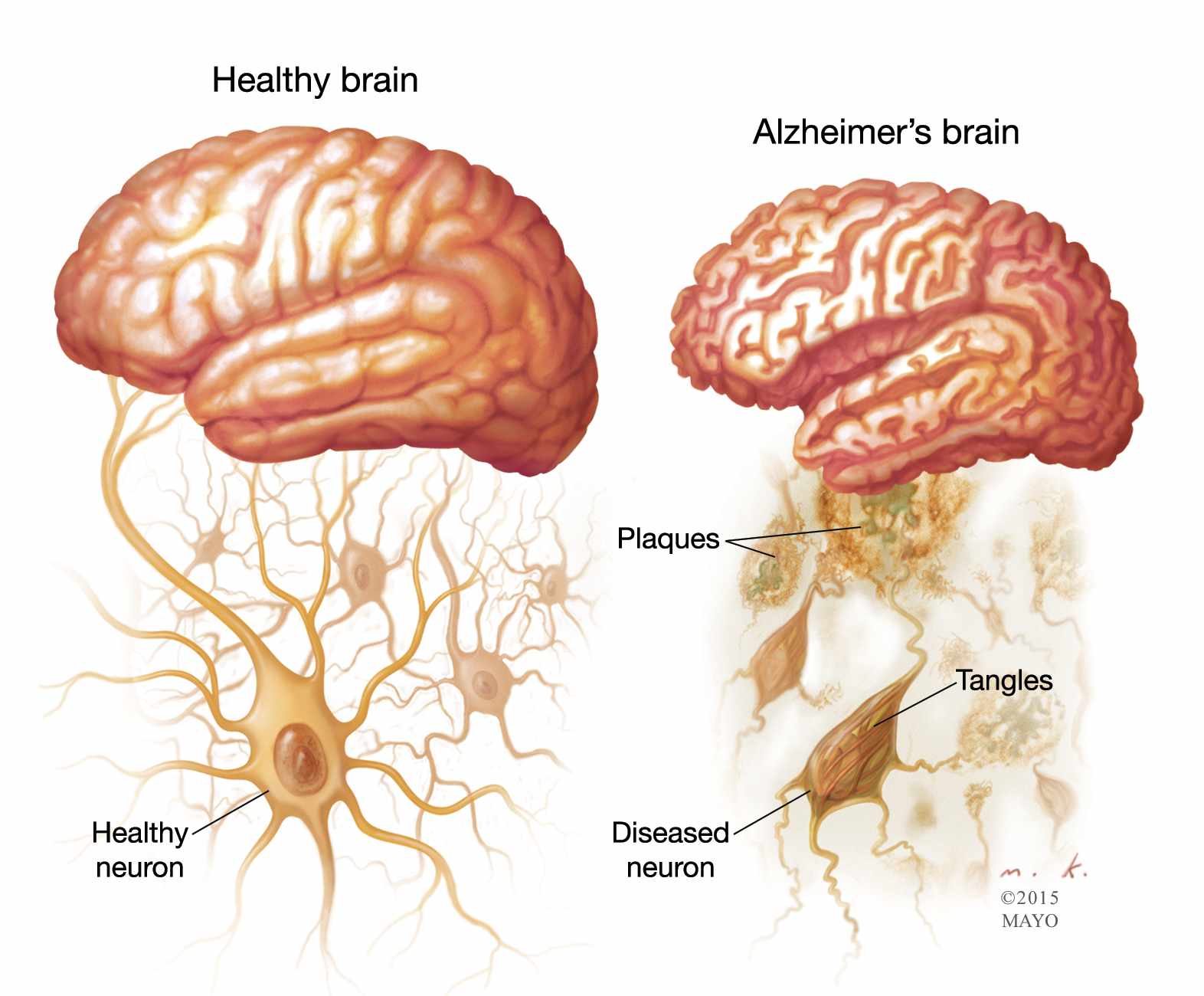Two Hit Treatment to Combat Alzheimer's Disease
By Shana Ward
Alzheimer's Disease is one of the top 10 leading causes of death and yet it cannot be prevented, cured, or effectively treated. Dr. Roberto Fernandez gave a talk where he spoke about two major changes that occur in the brain because of the disease, plaques & tangles, which usually result because of protein irregularities. Amyloid plaques are of great interest to many researchers because it is one of the earliest changes that can be detected in the brain. While amyloid is a normal protein found in the brain, pieces of ß-amyloid tend to clump up due to irregular cleavage of the amyloid protein which causes plaque build-ups.
Recently, there was a study done by Baylor College of Medicine where two approaches to reduce ß-amyloid deposits were at the same time rather than either therapy alone in mice. Jankowsky and colleagues were able to show previously that two treatments that complemented each other worked best to not only reduce the growth of the ß-amyloid plaques but to also clear the plaques that were already present in the brain. With the current study, Jankowsky and colleagues seemed to see real benefits from the dual-treatment through actual improvements in spatial navigation and memory.
The two treatments included a mouse with genetic modifications that made it able to stop production of the ß-amyloid in the first place and the other treatment included antibodies that bound to ß-amyloid in order to elicit its degradation. Once the mice had undergone both treatments, the researchers were able to see not only reduced plaque levels but also improvements in key cognitive functions like spatial learning and memory very similar to levels that they observed in healthy mice that didn't have the plaques.
The results of this study could have potentially large implications for people as related to Dr. Fernandez's talk. His talk focused on the visual system since visuospatial symptoms are such common beginning symptoms for AD patients. He talked about areas being affected by Alzheimer's that were similar to areas that are typically activated in a typical visuospatial task.
Even though the study is implicated in mice, if a similar treatment could be done for humans that improved visual learning, then that would have wide-ranging effects on people with AD who have trouble with visuospatial learning that could impair their driving and other life functions. Hopefully, two hit treatments will be utilized when treating human patients in the future that better the lives of those who have AD.
https://www.sciencedaily.com/releases/2018/04/180416121539.htm


No comments:
Post a Comment